Masaki Kashiwara, Takahiro Kawai, Tatsuo Kimura0691084130, 9780691084138
Prior to its founding in 1963, the Research Institute for Mathematical Sciences was the focus of divers discussions concerning goals. One of the more modest goals was to set up an institution that would create a ”Courant-Hilbert” for a new age.1 Indeed, our intention here—even though this book is small in scale and only the opening chapter of our Utopian ”Treatise of Analysis”—is to write just such a ”Courant-Hilbert” for the new generation. Each researcher in this field may have his own definition of ”algebraic analysis,” a term included in the title of this book. On the other hand, algebraic analysts may well share a common attitude toward the study of analysis: the essential use of algebraic methods such as cohomology theory. This characterization is, of course, too vague: one can observe such common trends whenever analysis has made serious reformations. Professor K. Oka, for example, once spoke of the ”victory of abstract algebra” in regard to his theory of ideals of undetermined domains.2 Furthermore, even Leibniz’s main interest, in the early days of analysis, seems to have been in the algebraization of infinitesimal calculus. As used in the title of our book, however, ”algebraic analysis” has a more special meaning, after Professor M. Sato: it is that analysis which holds onto substance and survives the shifts of fashion in the field of analysis, as Euler’s mathematics, for example, has done. In this book, as the most fruitful result of our philosophy, we pay particular attention to the microlocal theory of linear partial differential equations, i.e. the new thinking on the local analysis on contangent bundles. We hope that the fundamental ideas that appear in this book will in the near future become the conventional wisdom among analysts and theoretical physicists, just as the Courant-Hilbert treatise did. | |
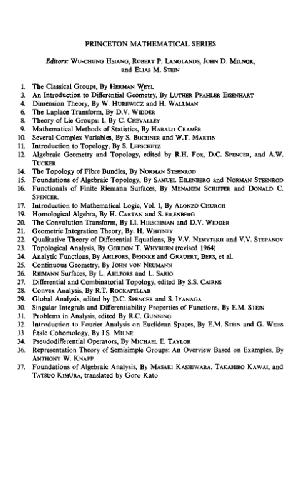
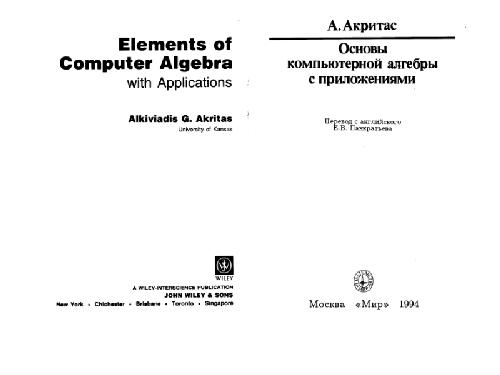
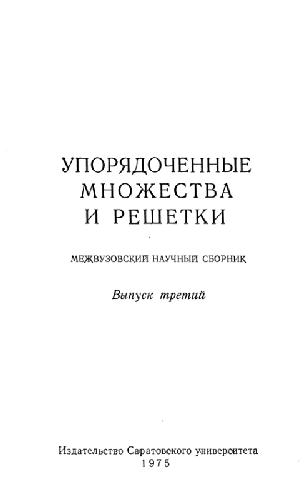
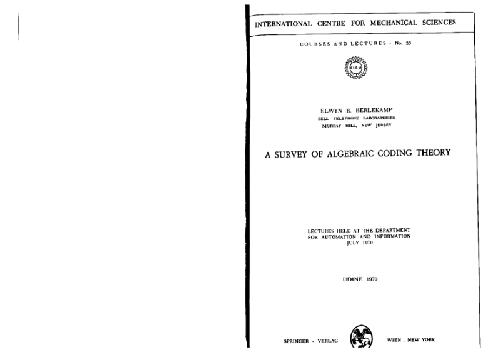
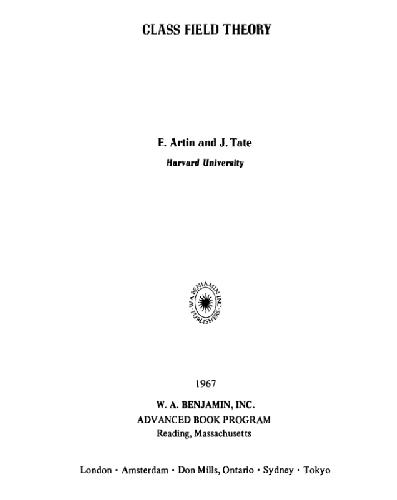

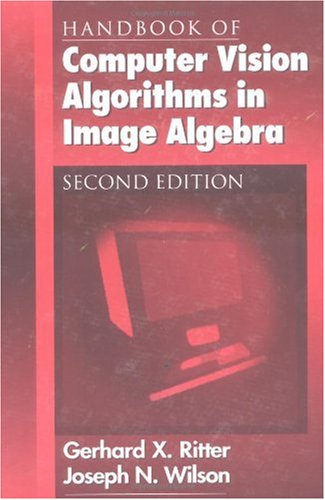
Reviews
There are no reviews yet.